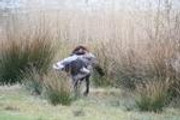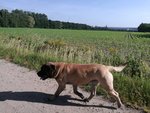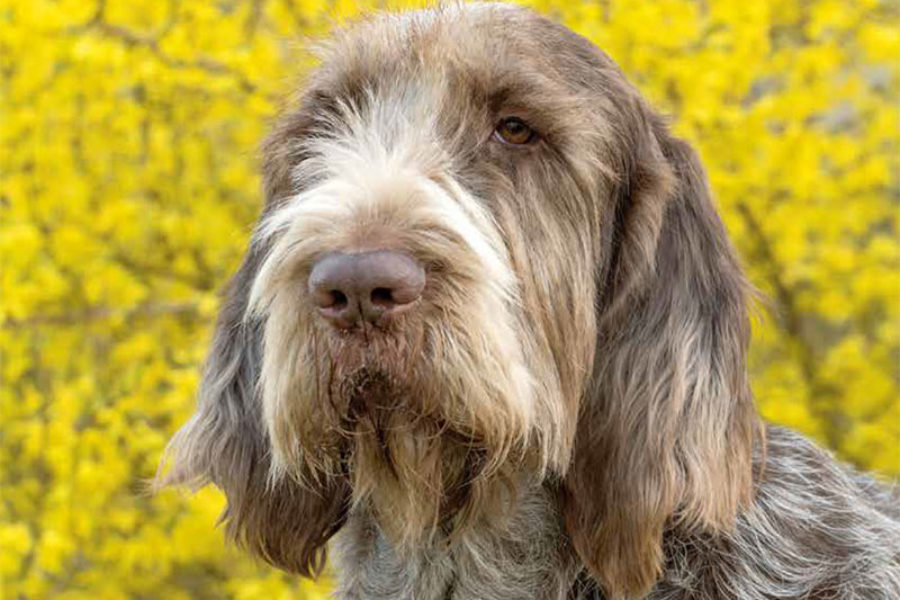Females: 26 - 30 inches
Weight-
Males: 40 - 50 kgs
Females: 35 - 42 kgs
The Galgo Patagonico, also known as the Patagonic Barbucho Galgo, bearded creole greyhound, and in some areas colloquially nicknamed "the russian greyhound" (despite no known russian connection) is a popular large hunting dog said to have originated in Patagonia, where it still hunts today, but also in the pampas region of argentina and, more recently, all the way up to the Rio Negro in brazil.
The Galgo Patagonico has been officially recognised as a breed by the kennel club argentino (KCA), thanks to the work of Dr. Aldo Omar Iriarte, who has been developing, preserving and championing the breed for 40 years. According to Dr Iriarte the Galgo Patagonico descends from Irish Wolfhounds traded by british vessels in the 1700s with the Shelknam natives of Tierra Del Fuego and the Tehuelches of southern Santa Cruz in exchange for animal hides. The dogs then thrived in the open conditions which suited their hunting style, and the natives would hunt with these dogs on foot. Charles Darwin apparently encountered these dogs in the early-mid 1800s living with the natives of tierra del fuego and remarked in the "origin of the species" they were so valuable the tribesmen would rather see their women killed than their hunting dogs.
In the late 1800s european cattle and sheep men moved into the area and found these familiar hunting dogs to be useful predator control. They are also said to have crossed these dogs with their assorted working breeds to ultimately create the Galgo Patagonico we have today.
The Galgo Patagonico remains a hard lugging dog, said to "possess a unique bravery and fearlessness that can only be surpassed by the Dogo Argentino".
It is used to hunt a wide variety of game, from fox to guanaco, rhea, deer, boars and cougars. In the open plains of Patagonia and the Pampas the Galgo Patagonico is most often used in packs with it's own kind or in conjunction with the lighter Galgo espanol (aka "bare greyhound") and/or the dogo argentino. These 3 are also frequently hybridised to create mongrels known as "dogals".
Around the Rio Negro in brazil the Patagonico might be used in packs with baying scenthounds, which are the traditional hunting dogs of the region. The galgo patagonico performing as a running catch dog for the pack.










